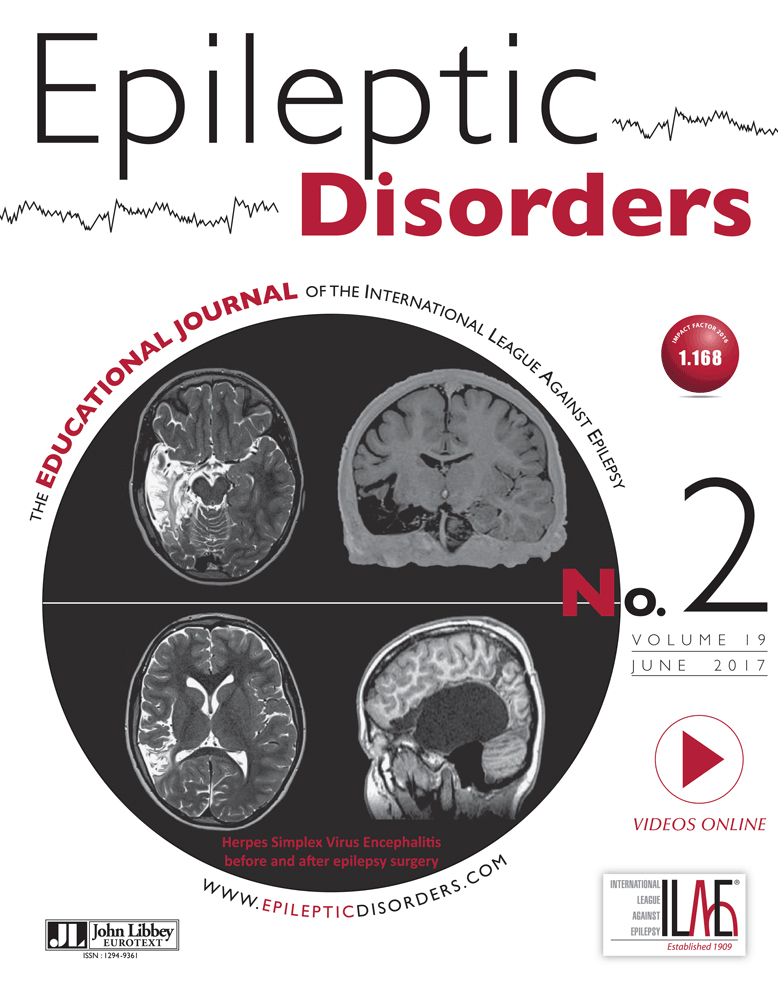The semiology of benign focal epilepsy with affective symptoms
Abstract
Benign focal epilepsy with affective symptoms (BFEAS) is a rare childhood epilepsy syndrome essentially characterized by “epileptic attacks with affective symptoms of a terrifying type”. Since the original description, approximately 50 cases have been reported. To our knowledge, however, none of the studies included video-EEG data. Herein, we detail the electroclinical features of a neurodevelopmentally normal 9-year-old boy with epilepsy since the age of 2 years. His seizure semiology essentially consisted of nocturnal focal seizures featuring abrupt fear and autonomic phenomena (such as excessive sweating, repeated swallowing, and coughing), associated with impaired consciousness. These seizures were often secondary generalized, and he had multiple episodes of convulsive status epilepticus. He has been seizure-free for the past year and a half on dual antiepileptic therapy with sulthiamine and valproate. His intellectual and social abilities are excellent (IQ of 116), although he does have difficulties particularly in language learning, and was recently diagnosed with phonological dyslexia with dysorthography. By presenting our patient's history and video-EEG, we intend to further detail the semiology of seizures with affective symptomatology. [Published with video sequence on www.epilepticdisorders.com]




